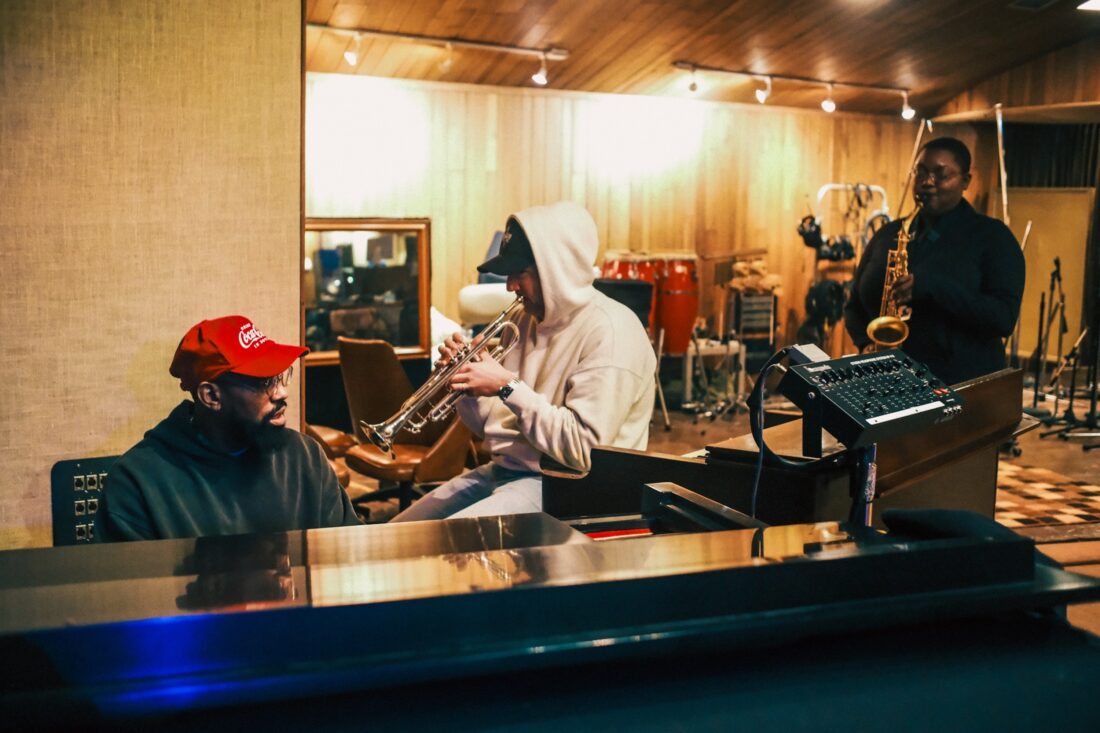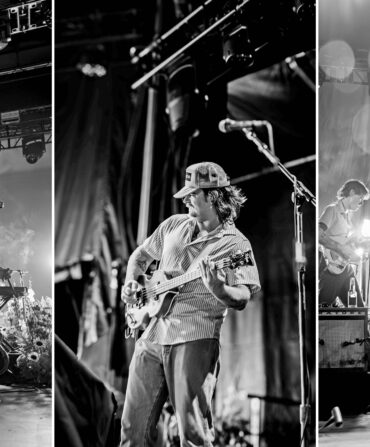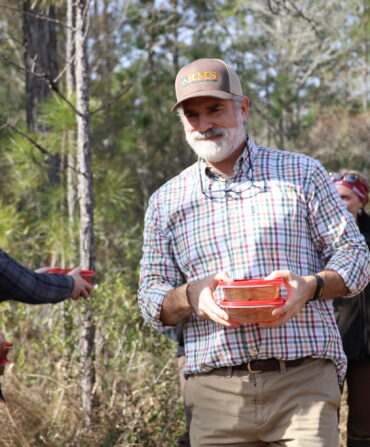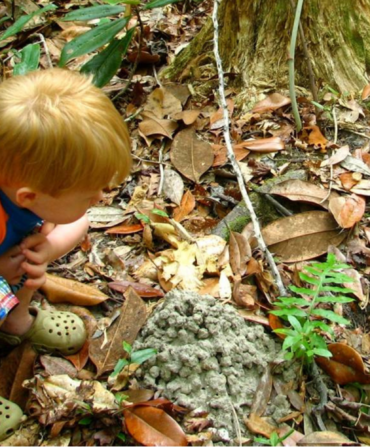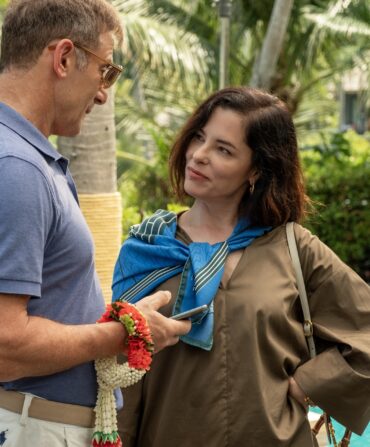Though Maroon 5 keyboardist and solo soul artist PJ Morton grew up immersed in the New Orleans music scene, he was unaware of a world-class recording studio, named simply Studio in the Country, tucked amid twenty-six acres of pine forest just seventy miles away. Built in 1972 near Bogalusa, Louisiana, by producer-engineer William “Bleu” Evans, the studio soon produced huge hits for the rock band Kansas, and Stevie Wonder used the space for several months during the creation of his ambitious 1979 double album Journey Through the Secret Life of Plants. Add Clarence “Gatemouth” Brown, Dr. John, Jimmy Buffett, Nitty Gritty Dirt Band, Tony Joe White, and Trent Reznor to the client list and you get quite the mixtape. Morton fell hard for the place and its history while recording his soulful 2022 album Watch the Sun, and when the most recent owner offered to sell, he seized the opportunity. Here, he sings the studio’s praises and shares some of his plans.
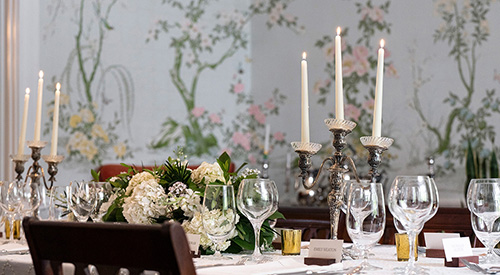
How did you become aware of Studio in the Country?
It was during the pandemic, when everybody in music was at home. I was in New Orleans, thinking about when we could all be together again and work on a project. I knew that Solange had recorded part of her Seat at the Table album somewhere out of the city, so I started looking into that. When I saw Studio in the Country, I realized that it’s a studio that easily could be in New York or L.A. It was built with the same level of love and understanding for the recording process. For it to be in rural Louisiana is kind of crazy. It’s a similar concept to Muscle Shoals, where an out-of-the-way studio is the destination instead of whatever else is there. Then, when I found out that Stevie had recorded there, it was a no-brainer. That’s where we were going.
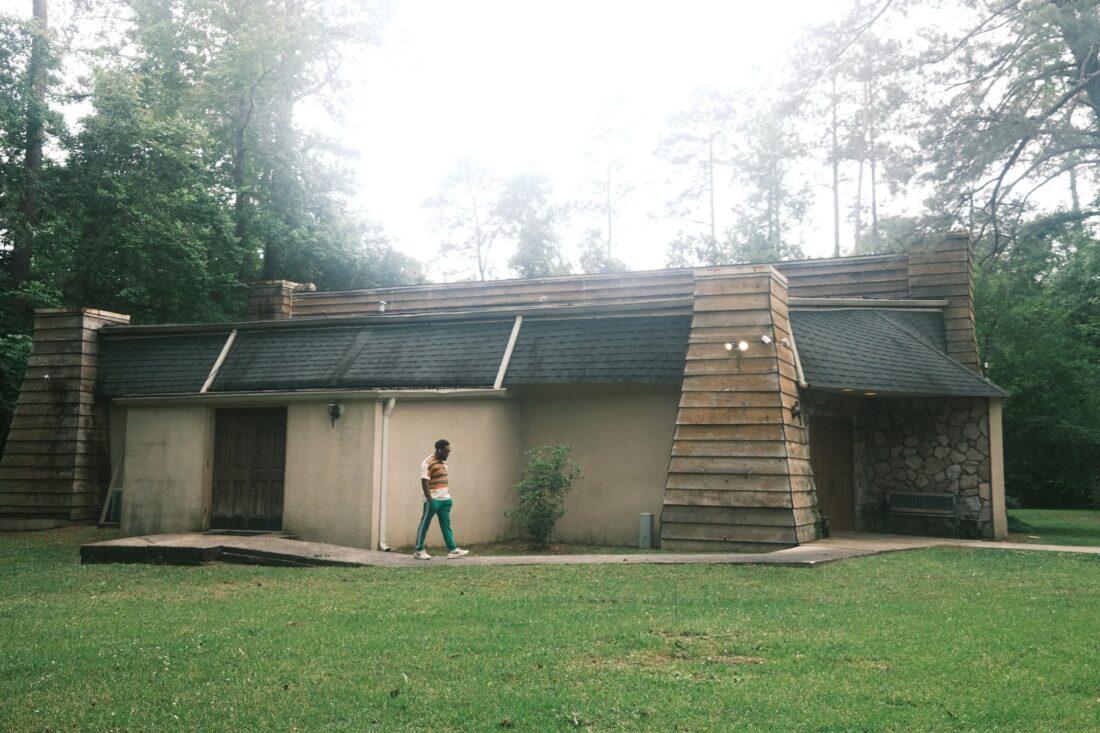
Does it have a particular vibe or sound quality?
With the gear and mixing boards on hand, there’s a sort of vintage quality. The studio also was known for this dedicated reverb chamber that created a reverb sound you could get only there. We’re getting that chamber up and running again now, as a matter of fact. That said, I don’t know if there’s an exact, describable studio sound. I mean, I made a soul album there, and Cinderella made a hard rock album there. Studio in the Country is more a vehicle than a sound—it’s more about what it brings out of you.
It seems to have brought out something in you.
Being there, I found myself just enjoying walking the paths that lead from the artists’ house to the studio and being away from things in nature. I’ve learned that after Stevie finished recording Journey Through the Secret Life of Plants, his keyboard player stayed on for another month to mix the record, and he incorporated some of the natural sounds in the mix, including crickets. Working there brings out things in me that I can’t access when I’m elsewhere. I’m sure that’s true for a lot of artists.
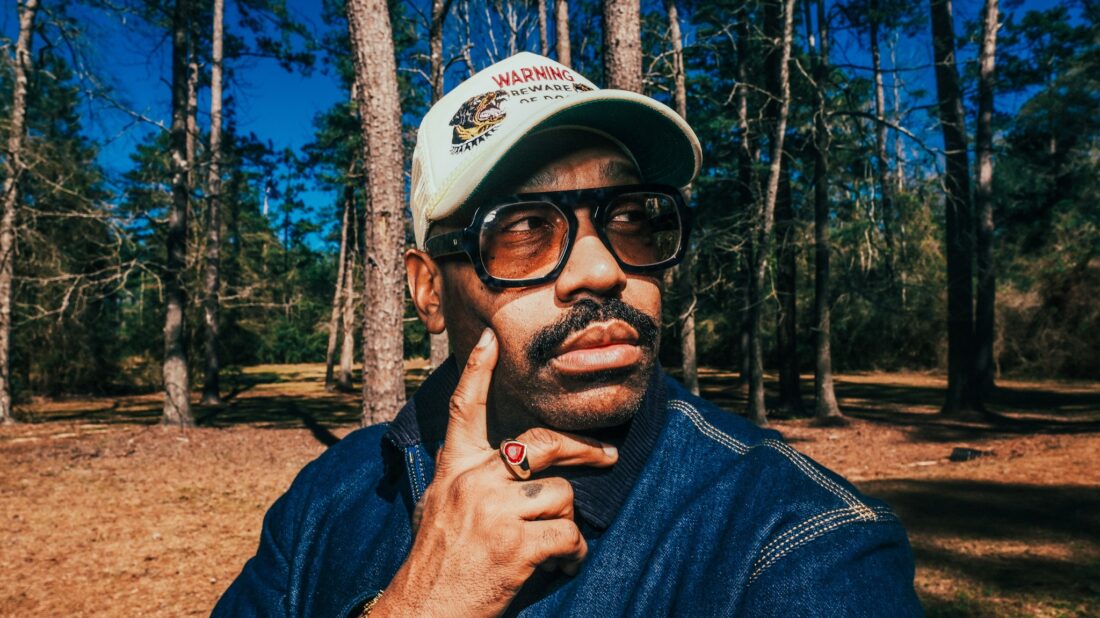
A lot of artists in a lot of styles. Allen Toussaint, Willie Nelson, and Marilyn Manson cover a broad musical spectrum.
I love the range of people who’ve worked there, all the different genres. It is pretty crazy to think of Marilyn Manson walking around in the woods in Bogalusa, though.
How did you come to own Studio in the Country?
When I was recording there, I had no intention of buying it. A little time after I released Watch the Sun, we did a listening session and I invited the owner. We had a nice rapport and I started working on other projects as a producer out there. Then when he passed away, his wife didn’t really want to run a studio, but wanted it in good hands. She asked me last year if I was interested, and we just made it happen.
Now that you have full access, I hear you’ve discovered a trove of original tapes from decades-old recording sessions.
Rooms and rooms of tape. It’s really exciting, all that history. There are tapes of the Neville Brothers and the Meters from like 1973—that’s the good stuff, man. I’m really cool with Jimmy Buffett, and he was here in the era when he made some music with the Nevilles. Who knows what all we have, because the tapes aren’t catalogued at all. It’s a lot to go through, but it’s going to be worth it.

What are your plans for the place?
Besides recording and producing other artists, I want to partner with labels on songwriter and production retreats, and also organize an unplugged music series where we take artists out of their usual zones and do performances and interviews. The big plan is to do a festival. We’ll start with some of my friends, but I want a variety of artists that goes with the history of the place. We’ll create enough space to have a nice, big stage, but we’re not going to cut down any trees. I want to keep that special sauce that nature gives us. It’s going to be great. I don’t know how many artists are able to hold a festival on their own land.


